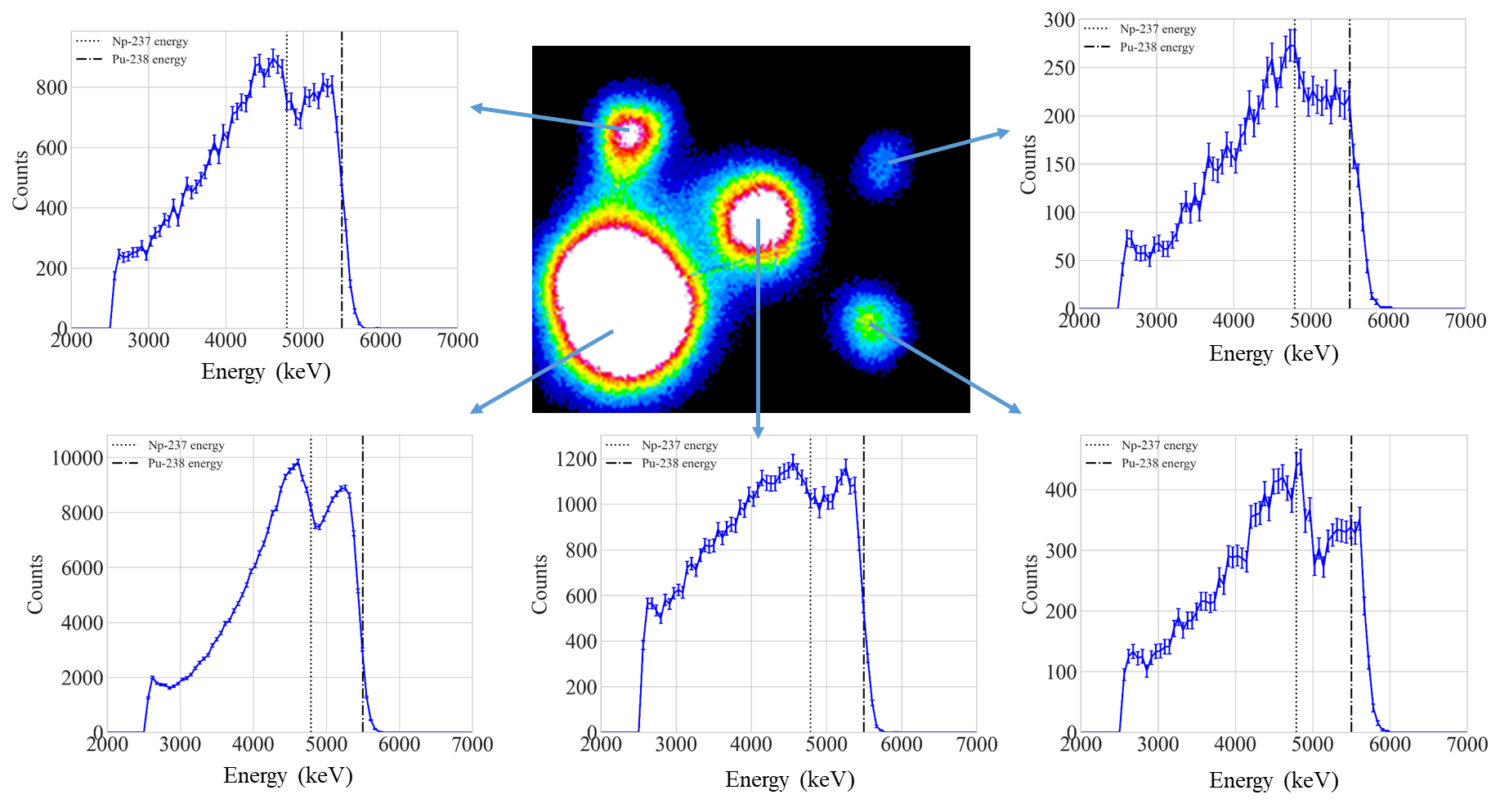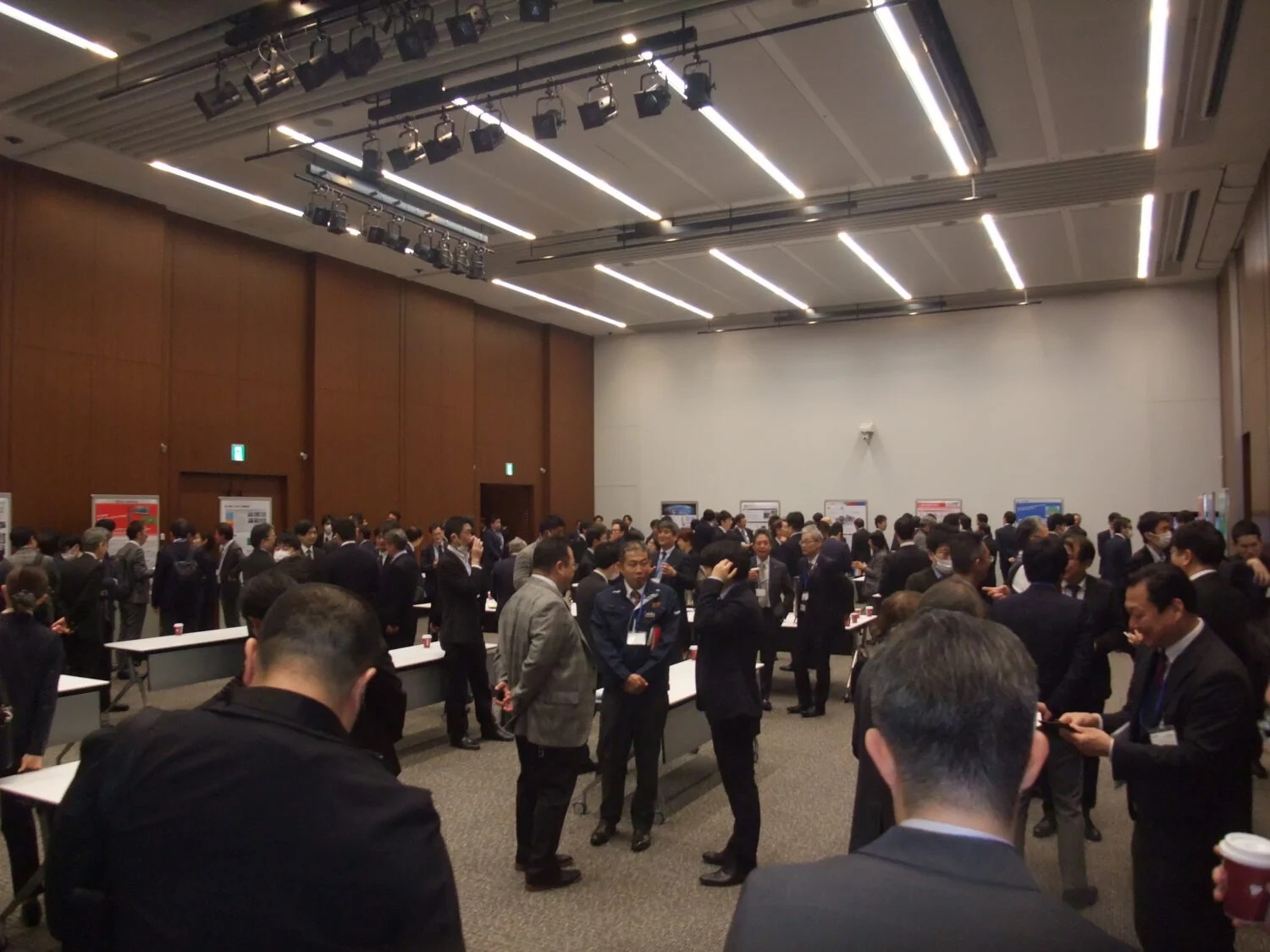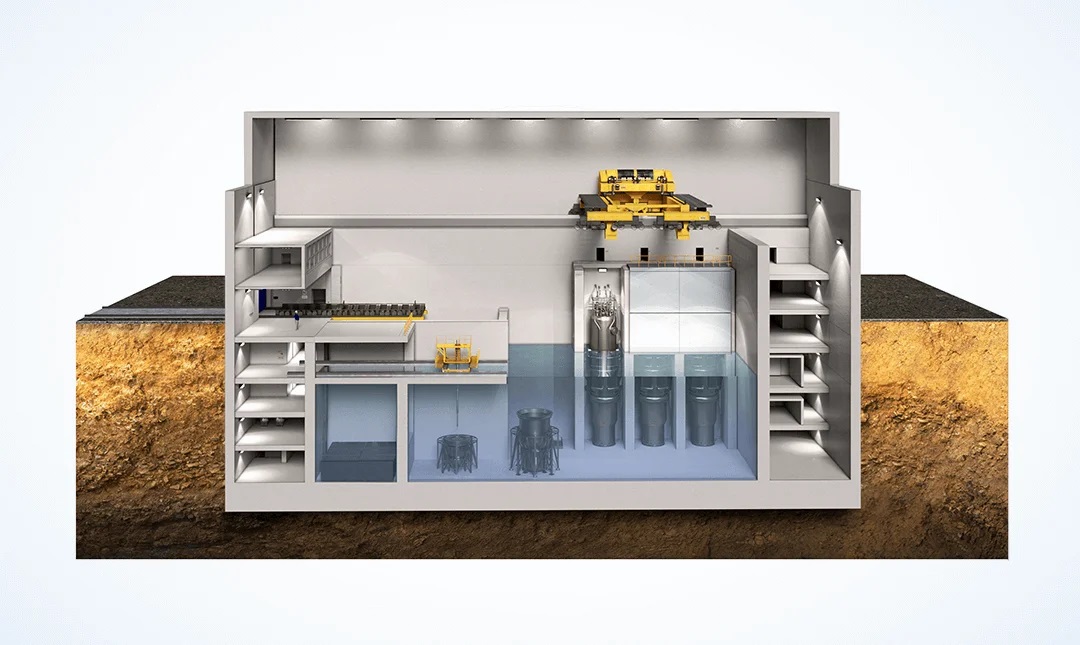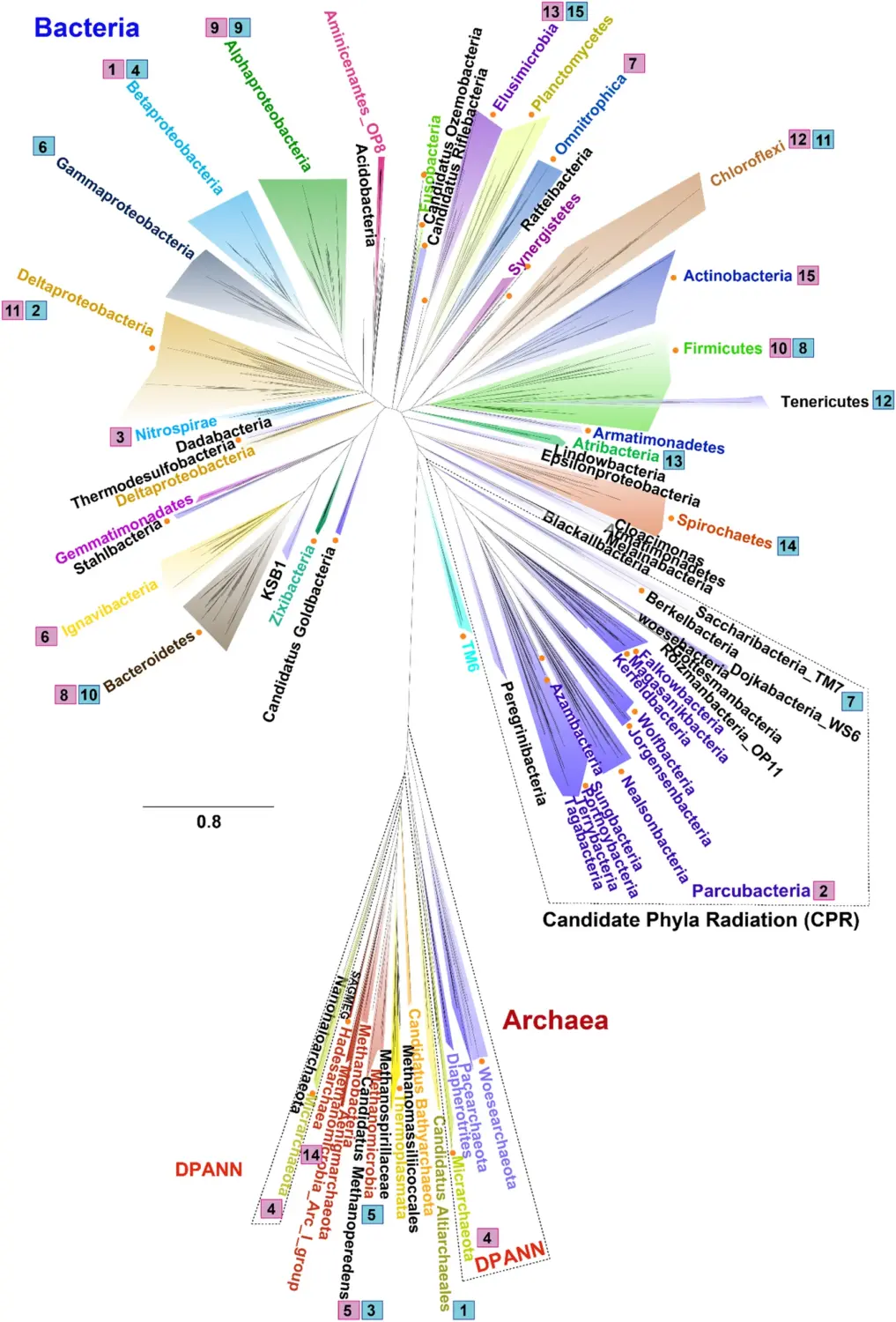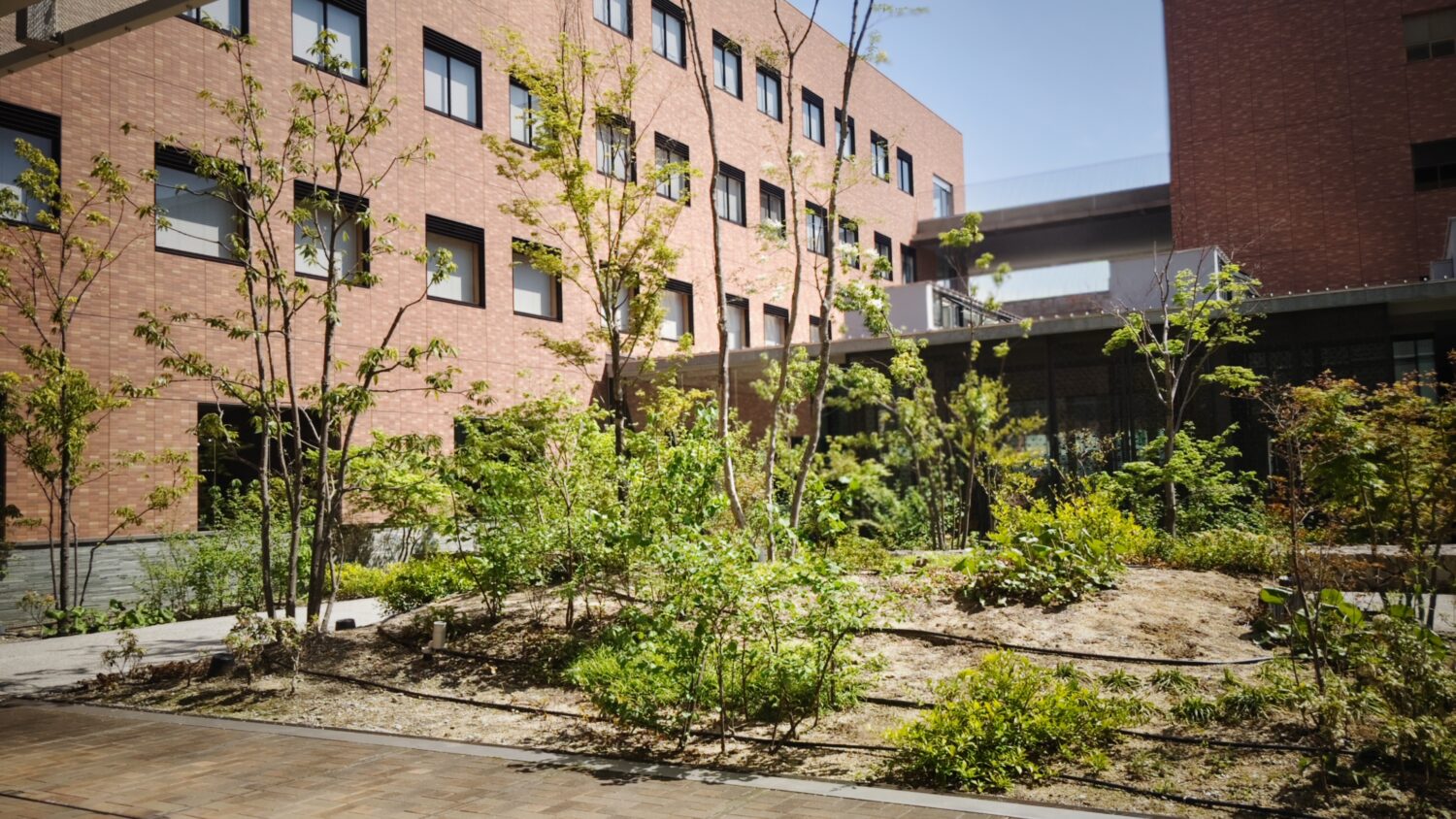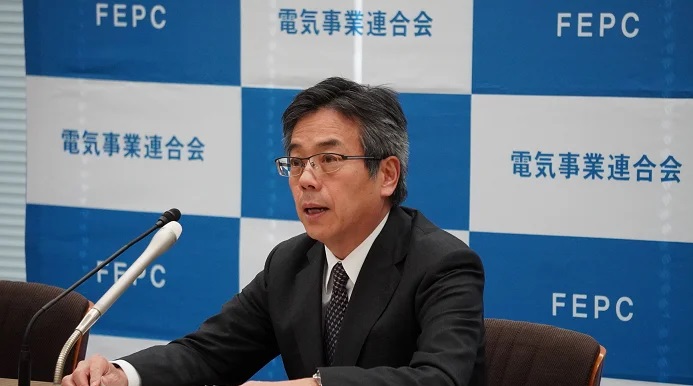Why did JNFL push the dates back so much? It had tried to clear the conformity reviews for design and construction plans developed by the Nuclear Regulation Authority (NRA), but realized on August 23 that it would need more time to respond to its examinations: specifically, this month (September) and beyond. JNFL then concluded that it would address new targets for completion in anticipation of NRA’s examination meetings.
In response to the delayed completion times for the two facilities’ Aomori Prefecture Governor MIYASHITA Soichiro—who was informed by JNFL only on August 29—criticized the moves, citing the repeated delays so far. He said, “Once again, the company has revised its schedule; I wonder who can really trust it anymore.”
Meanwhile, Rokkasho Village Mayor TODA Mamoru urged the company to “take all possible measures, including development measures for the regional economy.”
Also on August 2029, JNFL President MASUDA Naohiro held a special press conference, saying that the company “takes seriously what the governor and mayor have said, and will fully strive to meet the new completion targets.”
Responding to the delays, Chairman HAYASHI Kingo of the Federation of Electric Power Companies of Japan (FEPC) released the following comment emphasizing the significance of the fuel cycle: “The completion of the facilities is extremely important from the viewpoints of such matters as the effective use of uranium resources and the reduction in the volumes and toxicity of radioactive waste.”
He then said that FEPC―as part of a system enlisting the resources and efforts of the whole country, across both the public and private sectors―would “continue to provide JNFL with support toward the early completion and smooth responses to examinations and inspections, with top priority on safety.”
Construction began of the RRP in 1993, and J-MOX in 2010. After the massive 2011 earthquake, JNFL obtained permission to change its nuclear spent fuel reprocessing business, which is an approval equivalent to “permission to make changes to a reactor installation” at a nuclear power plant (NPP).
So far, JNFL has changed its completion target for the RRP 27 times, including this time. A big reason for the delays has been the requirement to respond to NRA’s examinations of fuel cycle facilities, which are unprecedented, given that NPPs do not need to be examined in such detail. As some 20,000 items of equipment and the like are subject to the examinations, the process is quite protracted, requiring JNFL to continually respond.
On August 30, the Strategic Policy Committee, under the Advisory Committee for Natural Resources and Energy, held a meeting at which Fukui Prefecture Governor SUGIMOTO Tatsuji—a member of the committee who has been seeking clarification of the nation’s nuclear policy in revisions to the Strategic Energy Plan—commented as follows about the delay in the RRP’s completion: “The government must present specific measures that the state will take.” In Fukui Prefecture, seven NPPs are currently in operation.


-1.png)

